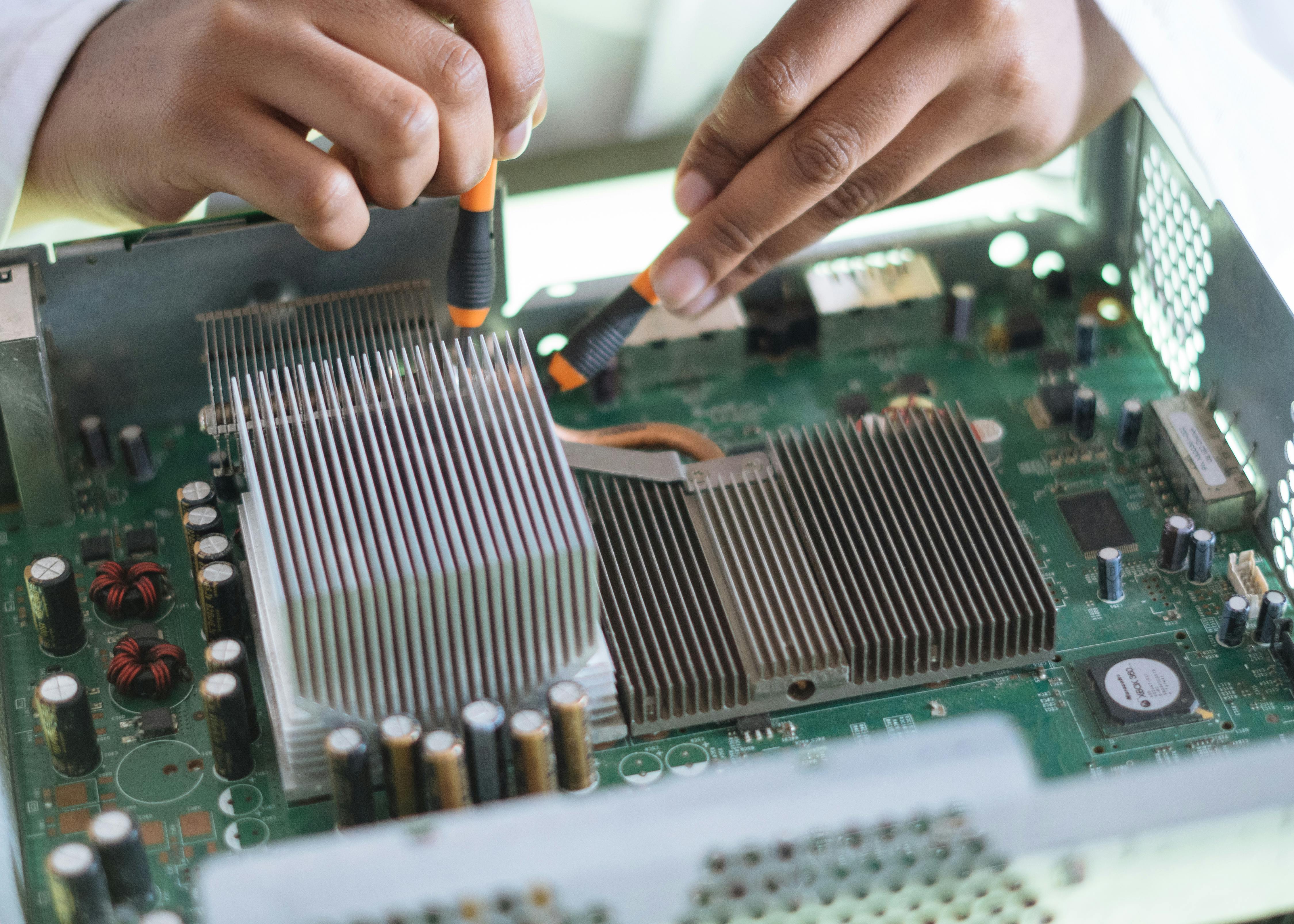Modern anti-aging treatment is based on a common knowledge base that I will quickly review. Biochemistry and molecular biology tell us that there are many types of chemical reactions in the human body. We know that it is the genetic information programmed into our cellular DNA that defines what reactions occur. Genetic information, expressed in a regulated manner, builds the body’s proteins and enzymes and controls how enzymes carry out biochemical reactions in the cell.
This information, contained in the DNA of our genome, consists of many thousands of long, often repetitive sequences of base pairs that are built from four basic nucleotides. Mapping of the human genome has shown that there are more than 3 billion base pairs in our DNA. They are estimated to contain some 20,000 protein-coding genes. All bodily functions are controlled by the expression of genes in our genome. The mechanisms that control the aging process are thought to be programmed into our DNA, but only a fraction of the biochemical reactions involved in the aging process have been analyzed in detail. Cellular aging is a very complex process and many of its low-level operational details remain to be discovered.
The anti-aging theory has been consolidated into two lines of thought: the theory of programmed cell death and the theory of cell damage. The programmed death theory focuses on the fundamental causes of aging. The cell damage theory looks at the visible aspects of aging; that is, the symptoms of aging. Both theories are correct and often overlap. Both theories are developing rapidly as anti-aging research uncovers more details. As works in progress, these theories can take years to complete. This broad characterization also applies to the types of anti-aging treatments currently available.
The programmed death theory of aging suggests that biological aging is a programmed process controlled by many life-span regulatory mechanisms. They manifest themselves through gene expression. Gene expression also controls bodily processes such as our body’s maintenance (hormones, homeostatic signalling, etc.) and repair mechanisms. With increasing age, the efficiency of all these regulations declines. Programmed cell death researchers want to understand which regulatory mechanisms are directly related to aging and how to affect or ameliorate them. Many ideas are being pursued, but a key area of focus is slowing or stopping telomere shortening. This is considered one of the main causes of aging.
With the exception of germ cells that produce eggs and sperm, most dividing human cell types can only divide between 50 and 80 times (also called the Hayflick limit or biological death clock). This is a direct consequence of all cell types having fixed-length telomere chains at the ends of their chromosomes. This is true for all animal (eukaryotic) cells. Telomeres play a vital role in cell division. In very young adults, telomere chains are about 8,000 base pairs long. Every time a cell divides, its telomere chain loses between 50 and 100 base pairs. Eventually, this shortening process distorts the shape of the telomere chain and it becomes dysfunctional. Then cell division is no longer possible.
Telomerase, the enzyme that builds fixed-length telomere chains, is normally only active in young, undifferentiated embryonic cells. Through the process of differentiation, these cells eventually form the specialized cells that all of our organs and tissues are made of. After a cell specializes, telomerase activity stops. Normal adult human tissues have little or no detectable telomerase activity. Why? A telomere chain of limited length maintains chromosomal integrity. This preserves the species more than the individual.
During the first few months of development, embryonic cells organize themselves into about 100 different specialized cell lines. Each cell line (and the organs that make it up) has a different Hayflick limit. Some cell lines are more vulnerable to the effects of aging than others. In the heart and parts of the brain, the lost cells are not replaced. With advancing age, these tissues begin to fail. In other tissues, damaged cells die and are replaced by new cells that have shorter telomere chains. Cell division itself only causes the loss of about 20 base pairs of telomeres. The rest of the telomere shortening is thought to be due to free radical damage.
This limit on cell division is the reason that efficient cell repair cannot continue indefinitely. When we are between 20 and 35 years old, our cells can renew themselves almost perfectly. One study found that at the age of 20, the average length of telomere chains in white blood cells is approximately 7,500 base pairs. In humans, the length of the skeletal muscle telomere chain remains more or less constant from the early twenties to the mid-seventies. At the age of 80, the average length of telomeres is reduced to about 6,000 base pairs. Different studies have different estimates of how telomere length varies with age, but the consensus is that between the ages of 20 and 80, telomere chain length decreases by between 1,000 and 1,500 base pairs. Subsequently, as telomere length shortens further, signs of severe aging begin to appear.
There are genetic variations in human telomerase. Long-lived Ashkenazi Jews are said to have a more active form of telomerase and longer than normal telomere chains. Many other genetic differences (for example, DNA repair efficiency, antioxidant enzymes, and free radical production rates) affect how quickly you age. Statistics suggest that having shorter telomeres increases the probability of dying. People whose telomeres are 10% shorter than average and people whose telomeres are 10% longer than average die at different rates. Those with the shortest telomeres die at a rate 1.4 times higher than those with the longest telomeres.
Many advances in telomerase-based antiaging treatments have been documented. I only have space to mention a few of them.
– Telomerase has been used successfully to extend the life of certain mice by up to 24%.
– In humans, telomerase gene therapy has been used to treat myocardial infarction and several other conditions.
– Telomerase-related treatment, mTERT, has successfully rejuvenated many different cell lines.
In a particularly important example, researchers using synthetic telomerase encoded for a telomere extender protein have extended the telomere chain length of cultured human skin and muscle cells by as much as 1000 base pairs. This is an extension of more than 10% of the length of the telomere chain. The treated cells then showed signs of being much younger than the untreated cells. After the treatments, these cells behaved normally, losing part of their telomere chain after each division.
The implications of successfully applying such techniques in humans are staggering. If telomere length is a primary cause of normal aging, then using the telomere length numbers mentioned above, it might be possible to double the healthy period of time during which telomere chain lengths are constant; that is, from the range of 23 to 74 years to an extended range of 23 to 120 or more years. Of course, this is too optimistic because it is known that cells grown in vitro can divide more times than cells in the human body, but it is reasonable to expect some improvement (not 50 years but 25 years).
We know that telomerase-based treatments are not the ultimate answer to antiaging, but there is no doubt that they can, by increasing the Hayflick limit, extend or even immortalize the lifespan of many cell types. Whether this can be done safely in humans remains to be seen.









